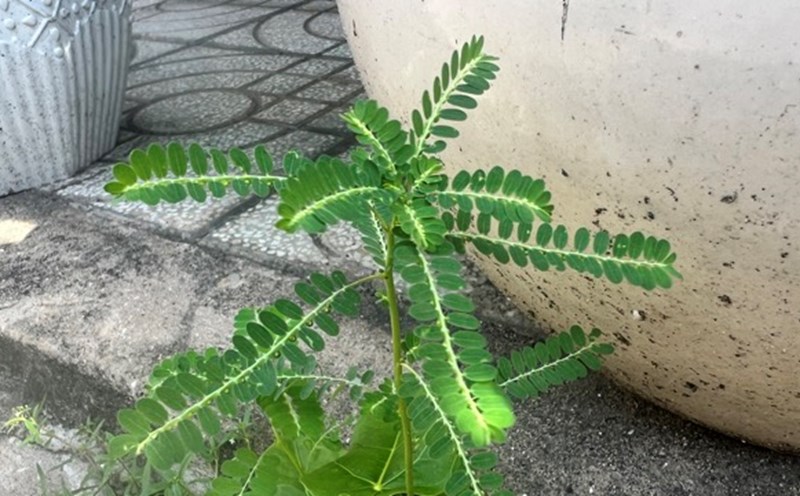Deep squat exercises reveal the health of the lower body
The deep squat test is a simple measure of joint health and mobility after the age of 45. Stand with your feet wider than shoulder-width apart, with your toes slightly rotated outwards, slowly lowering your body while keeping your chest straight and distributing the weight evenly on your feet.
Lower as low as you can but still keep your heels touching the ground, bring your hips down below your knees and hold for 30 seconds. When done correctly, the knees are always in the direction of the toes, moving comfortably and painlessly.
If you feel pressured in your hips or knees, or can't lower your hips in parallel, this shows signs of faster wear and tear.
This test reflects ankle movement, hip flexibility, and knee and spine control. People over 45 years old can still do it completely; on the contrary, if they cannot do it, poor performance can show that the body is aging faster.
Shoulder Stretching Reveals Potential shoulder problems
The wall-etendant hand test is a simple way to assess shoulder and thoracic health.
Stand with your back against the wall, about 15 cm from the wall, squeeze your lower back into the wall and slowly raise your arms straight up, trying to touch the back wall while keeping your lower back straight.
If the distance between your arms and the wall is larger than a handful of fists, or you are forced to bend your back to touch the wall, it shows a shoulder or spine problem. Poor performance can reflect shoulder pressures, the risk of stiff shoulders and thoracic spine due to poor posture. Difficulty in doing it is also a sign of premature aging in the upper shoulders and back.











